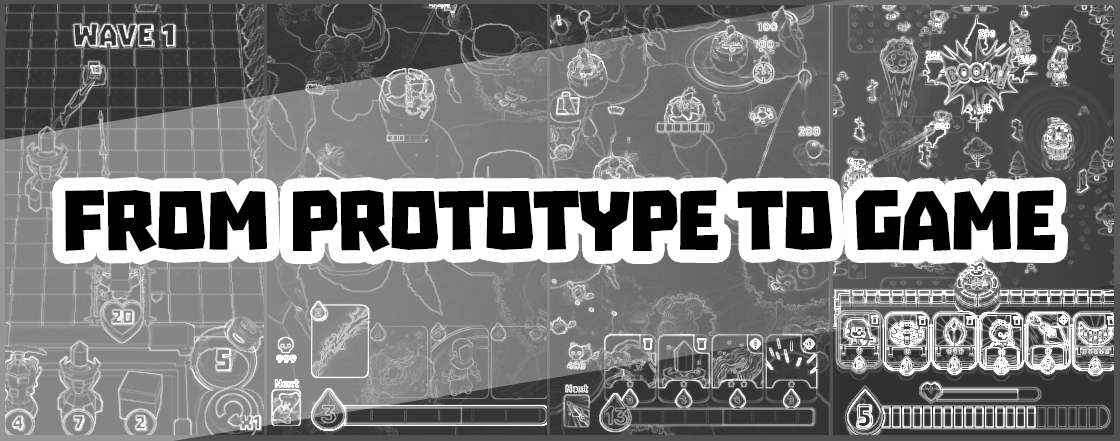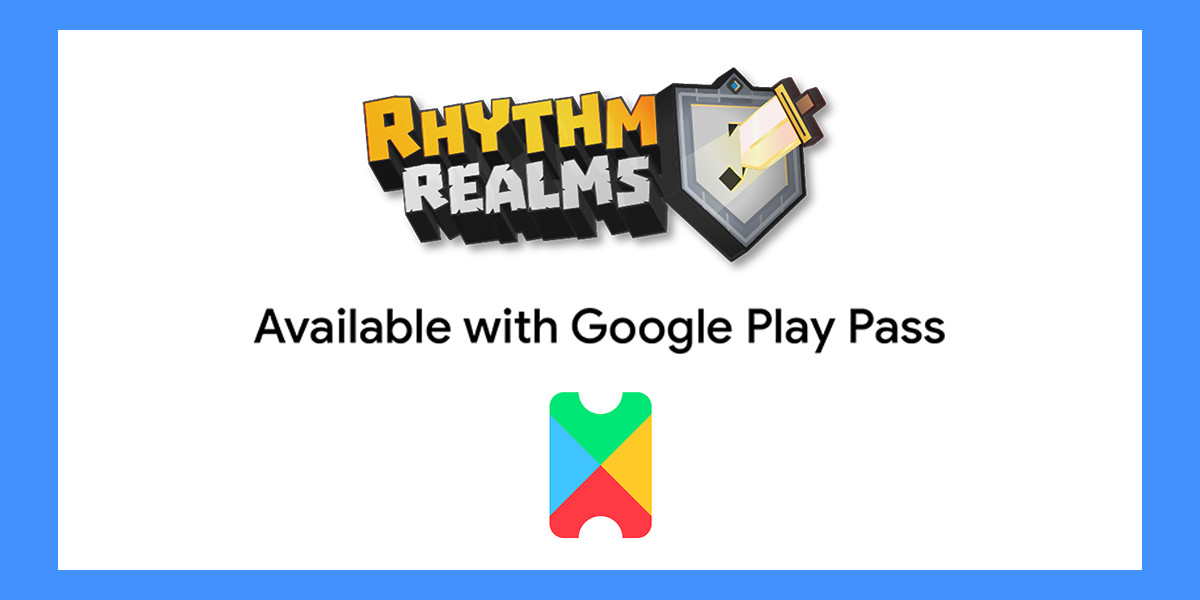Creativity is a paradox, “creating” is the most difficult and at the same time the easiest thing in the world. You find creativity, you can train yourself to find it more often and be more permeable to it, but at the end of the day there is no phone number you can effectively call it.
When prototyping a video game, a designer tries to address the whole paradox of creativity and communicate it with the team of engineers, artists, programmers, producers, marketing team, writers… and the list goes on and on.
In addition, the team has to be partially prepared to understand and translate the chaos of the designer, since originally the idea is born from that chaos that we have to give sense and morphology, to turn it into a game as such.
As if that wasn’t enough, the idea not only has to be transformed to this digital plane and manage to communicate the emotions you want to convey, but it also has to be interesting, unique, and occupy a market space that is not full with competition. If all that sounds difficult, that’s because yes, it is!
The prototyping stage is a stage of iterations in which the whole team is predisposed to fail and fail hard, since the goal IS to fail as soon as possible, thus achieving a faster learning process that allows us to finish understanding what the game really wants to be.
Today, after 4 months of prototyping and pre-production iteration we are taking a step forward to production. This is a huge step for us because it means we were able to translate an idea into an object. We made it through possibly one of the most difficult and chaotic parts of the act of creating, the creation itself.
Prototype I
The original name of the project when we started was “Line towers”. Oborn from the intention of making a game that mixes mechanics of a tower defense, deck building, roguelike and battle royale, but at the same time is very casual and easy to understand at first glance.
The first design premise was based on an old Warcraft 3 Mod “Line Tower Wars”.
The idea was to make a mobile version of this game pattern, in which the player on one side defends his map by placing towers, and simultaneously buys units to send to the player on the right, while defending against the units sent by the player on his left. A kind of tower defense battle Royale, in which the player places towers to create one or different types of mazes to make it harder for enemy units to get through.
At the same time, to alter the original formula, our idea was to make a tower selection screen appear every 20-30 seconds, in which each user would have the possibility to choose which type of tower he wants to use and/or upgrade, thus adding a deck building element, where all players would fight until only one is left alive.
After 2 weeks of working on a functional prototype, here are some screenshots of what it looked like!


The prototype failed, and failing was the goal, so I’d say it came out great. We learned that the maze setup was never going to be casual enough for anyone to quickly understand and play.
We also learned that we had to define if the game was going to be PVP multiplayer or not right from the beginning, and considering the kind of hybrid casual games we want to create, plus the size of the team we have, we defined that making the game PVP multiplayer is too ambitious for the moment. The game would have to be thought from the beginning as PVE.
And finally we learned something fundamental, which applies to every tower defense but even more to this one: the “Tower defense” game pattern has a lot of active input at the beginning of the gameplay, but as you advance in progression, you have less and less to do as a player, that is, more idle time, watching the game play by itself.
We need a structure that changes that idle time and allows us to give active input during the whole game session…
Prototipo II
“Spelldraft” was the new name 3 months ago, ideas of a new gameplay. Following the same concept, but this time taking into account what we already learned.
This prototype also brought it’s first aesthetic and thematic exploration, what is the game about? Who is the main character? We created our Punk wizard with a mohawk, put him in the center of the screen on a tower, and gave the player the opportunity to place archers around him to survive endless waves of zombies.
We defined a card deck structure, a deck to which you add cards until you reach 12, and every time the player uses a card, he draws a new one like in Clash Royale.
We added two types of cards, the ones that were towers and the ones that gave you abilities like throwing a lightning bolt or a fireball. I can’t even begin to mention the amount of things we tested in this prototype, here are some images of the development:
Six weeks were spent on making an advanced working prototype, taking some small things from Line Towers.
The prototype failed, and failing was the goal, so I insist, it came out great. We learned that if the user was in the middle of the screen, the hand usability didn’t work in portrait. And! we defined that our game was definitely Portrait (using the cell phone vertically). We also saw that if the units were coming from all sides, it was much more casual and less strategic, but it also generated a claustrophobic feeling of not being able to move to get out of that place.
We learned technically how to structure and configure waves of enemies, make behaviors for these enemies, balance tower defense games and generate difficulty without adding frustration.
Well, we learned a lot, especially subtleties that are difficult to really explain in a text like this.
We also found that the 3D art was not allowing us to generate the aesthetic simplicity and clarity we were looking for, as it went against the intention of having many enemies on screen.
That’s why we felt that 2D was the right way to go for the idea. Besides, the deck of cards was extremely complicated to think about, so we needed to simplify it a lot…


Prototype III
“Punko.io” is the current name of the game, it started development 2 months ago.
What happens when looking at things in retrospect is that many of the solutions seem obvious or logical, however it was very difficult to reach these conclusions without going through prototype 2.
The idea was to go back to the original Line Towers structure, but taking out the maze and having the units now come from the top down and attack your towers directly. While the user creates towers from the bottom up to defend himself. The position of the crest hero moved to the bottom in the center of the screen, above the interaction dashboard with your cards.
We removed the idea of a deck, and instead defined that your hand can have up to 6 cards in total and all of them can be interactable.
We reduced the amount of spells and increased the amount of towers and developed a new 2D aesthetic for our characters, in which they did not lose their unique personality with this change of image and shape.


12 weeks were spent on making a very advanced working prototype. The prototype did not fail, which is a surprise, it came out more than wonderful. All our playtesters appreciated the game with good comments, and we found our green flag to move forward.
Now the change from a prototype stage to a production stage is drastic. All the work processes that we set up to be flexible, agile and fast when creating, have to be replaced by new processes that prioritize quality and scalability. What used to be functionally specified in a ticket, or a comment, now requires a functional specification document. Where before a comment was made with the technical solution, now it requires detailed technical documentation.
After all, we are no longer looking for ideas and trying to translate them, now we find an idea and what we have to do is to produce it. All this prototyping and iteration process that in this case lasted 4 months is only 25% of making a game, but 25% without which there is no game. Now we have to train ourselves again, but to produce!


We hope you enjoyed learning more about our development background and what it really entails from prototyping to the start of production of the actual product.
Thanks for reading! We invite you to follow us on our social networks to see more of what’s coming up and share with your contacts if you found it interesting.


